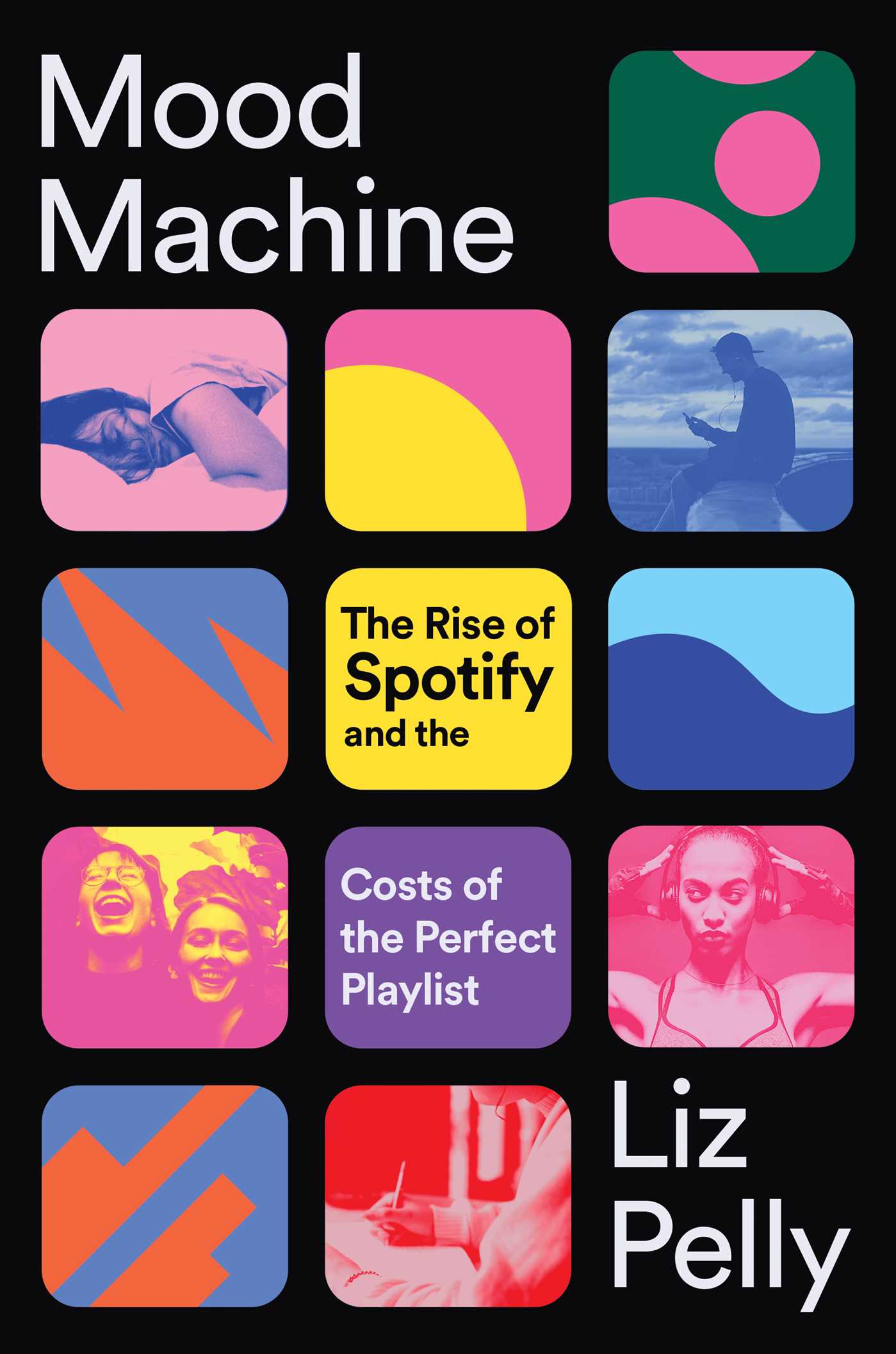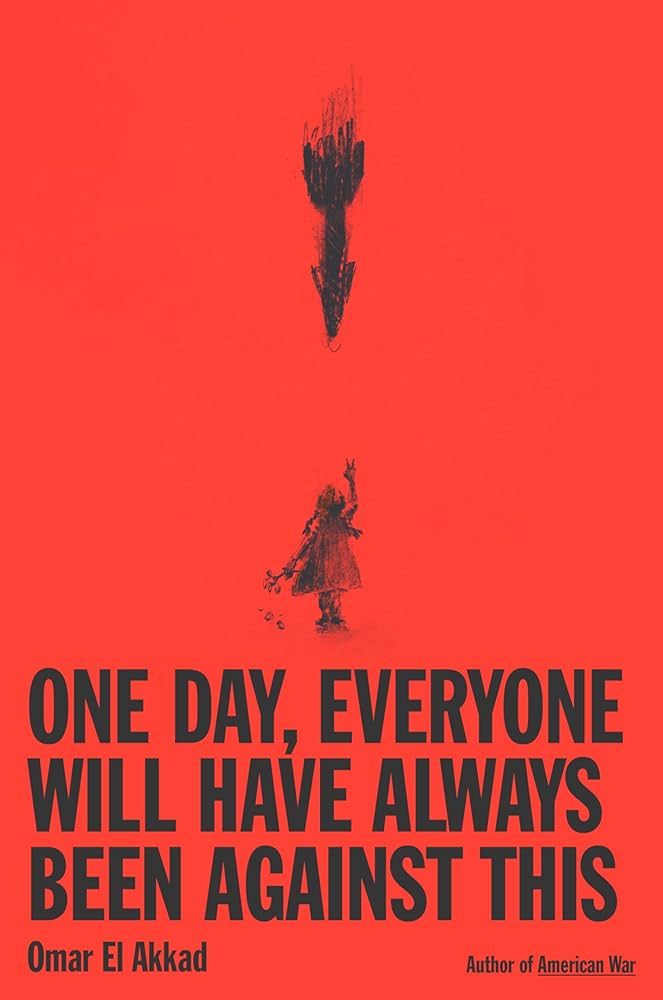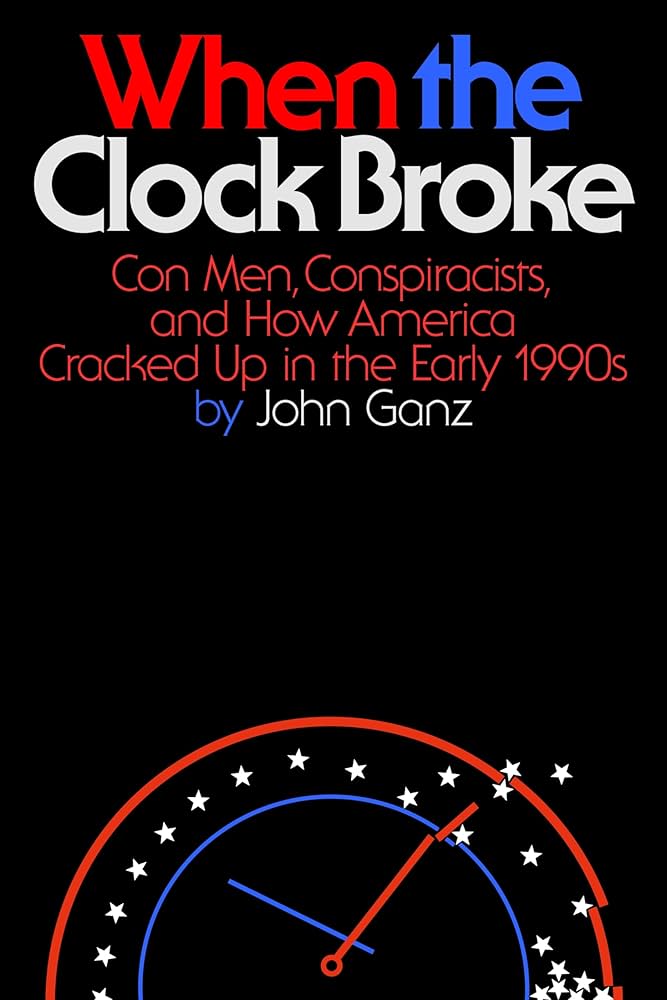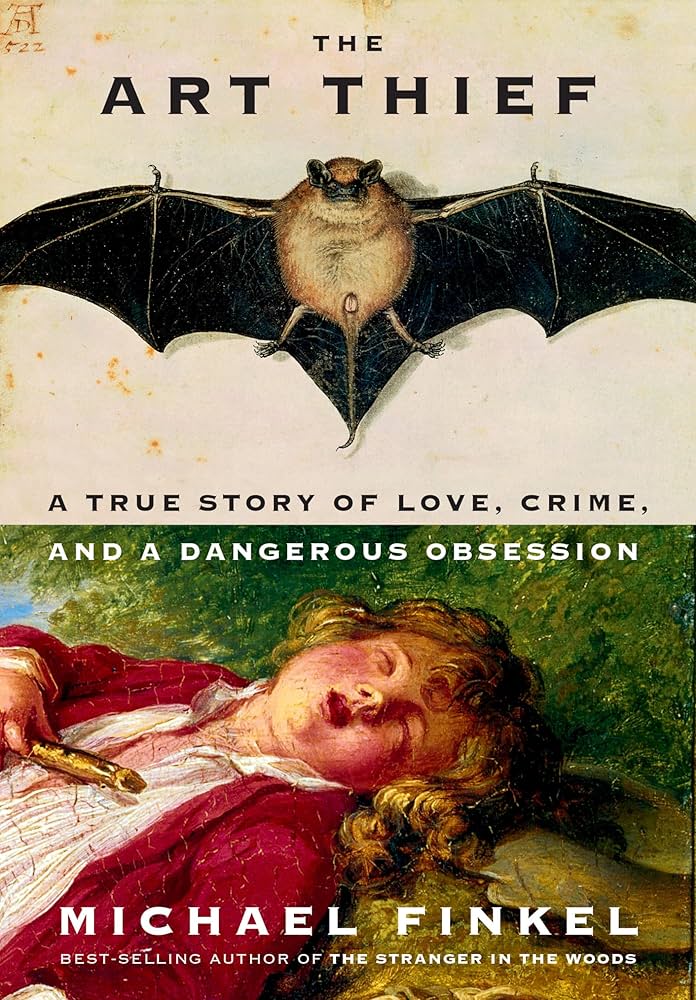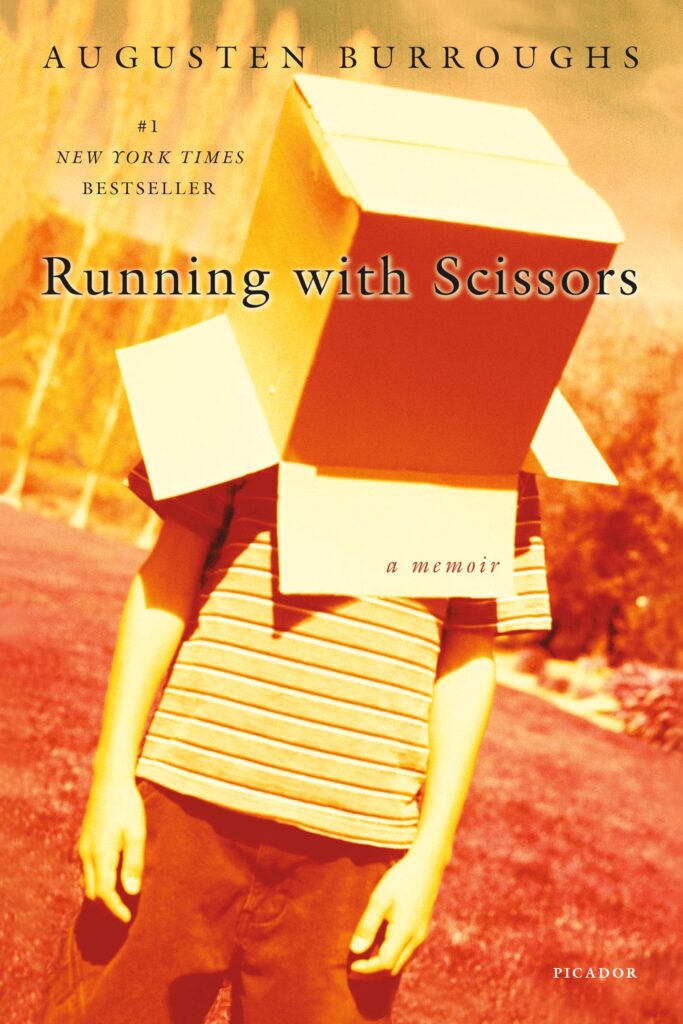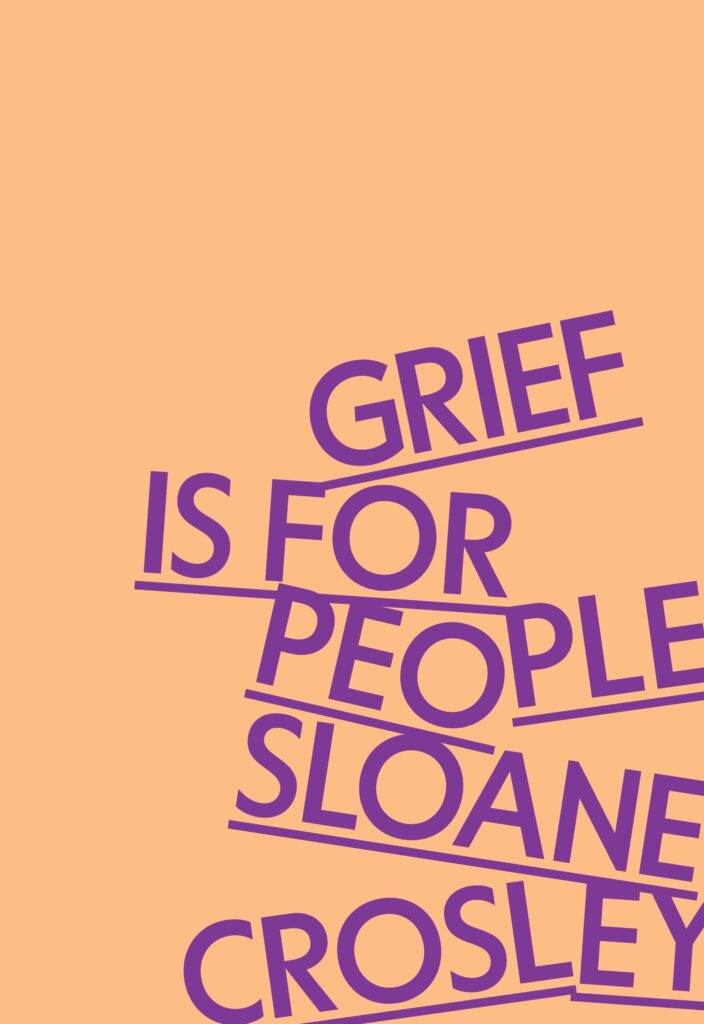This is the first sentence on the the Spotify investor relations website:
Our mission is to unlock the potential of human creativity—by giving a million creative artists the opportunity to live off their art and billions of fans the opportunity to enjoy and be inspired by it.
The stock is trading near its’ 52 week high, so that must mean they’re nailing it, right?
…right?
The stated mission of a company is always a poor guide to its actual goal. If the purpose of a system is what it does, then Spotify’s real ambition is to manipulate customers and artists to make shareholders and major labels richer, by minimizing payments to artists and pushing customers to consume music that Spotify serves at a discount.
It’s well-known that despite holding a dominant market position, Spotify is one of the worst-paying music streaming platforms, generally about $0.003 per stream (though it’s a complicated). On the Q3 results conference call, CEO Daniel Ek’s stated priorities for the last two years have been growth and profitability. The word ‘artists’ is used exactly once in the entire presentation, for what it’s worth.
Then again, as we learn in Liz Pelly‘s essential Mood Machine, Spotify is only a music streamer by chance. The founders were looking for something to do with their advertising skillset, and coincidentally, Napster was dying. Filesharing had all but killed the market for physical music sales, and selling MP3s for a buck each wasn’t a suitable replacement. Music files were small enough to stream and the existing offerings were terrible (remember RealPlayer?), so that became the business plan. In fact, for the first half-decade of its life, a significant portion of Spotify’s music was pirated files. It seems enforcement in Sweden was uniquely complicated, and that allowed Spotify to show contempt for artists from the day it launched.
Mood Machine documents the rise of Spotify and the development of various programs to achieve their unstated goals. Spotify is a capitalist entity, not an arts nonprofit, and the tactics it has used to maximize shareholder return over the years range from stingy to unethical to potentially illegal.
From guaranteeing per-stream payouts to major labels at the expense of independent artist, to the development of Perfect Fit Content as a replacement for properly licensing music (described at length in this excerpt in the Harper’s Magazine), to encouraging artists to forfeit royalties to gain access to editorial/algorhythmic playlists, Pelly brings receipts. Having covered Spotify since 2016, she’s the ideal reporter to write this story. She also conducted over 100 interviews in the research for this book, and includes lengthy endnotes to further make her case.
Pelly’s indictment is not only for Spotify: the entire business model of streaming is based on exploiting artists. More than once I was reminded of this N+1 article about Netflix’s goal to make unwatchable movies. Streaming as an industry is zeroing in on the disinterested consumer: Spotify’s push to fill their editorial/algorhythmic playlists with generic slop is focused on the ‘lean-back’ listener: if someone only needs background music, whether it’s because they’re folding laundry or falling asleep, why include artists that are earning full royalties? Why not just serve a modern version of muzak that pays the performer a discounted rate and pocket the difference? When you view it all as ‘content’ rather than art, it all becomes interchangeable.
I often think back to something that Jesse von Doom, the cofounder of now-defunct open-source platform CASH Music, told me once in an interview: “When you subjugate something and call it content, that means it’s contained. I don’t want art to be contained. I want it to be free and to run around and be weird and messy.” It can seem like a mere semantic difference, but it’s true: art-making and content-creating are different undertakings, not just spiritually, but also practically. (p 165, emphasis mine)
It’s not hard to see where this is leading, for Spotify, for Netflix, and any number of other streamers. The only thing better than discounted content is free content. Pelly doesn’t say it outright, but the implication is clear: this is the real threat of AI to the music industry: not that it will produce the next [insert your favourite artist here], but that it will produce enough acceptable, replacement-level gruel that it will make it impossible for that artist to earn a living.
More impossible, that is: Pelly also documents the poor (and worsening) financial outcomes for artists who play along and the increasing demands to engage their audience through social and other media, rather than focus on their craft.
Several times, she wonders why this model of streaming and royalties became the default, and that leads her to artists that are trying to do earn a more fair cut: she documents attempts to organize and unionize, to litigate and legislate a better deal for the people who provide the art that Spotify grinds up into shareholder value.
I follow this stuff closely. More than half of this website is dedicated to independent music, and I talk to artists regularly. I thought I knew how bad it was out there. But Mood Machine is so revealing and informative, it’s clear that the problem runs a lot deeper than simple capitalism. Or maybe that’s the point: producing art in a capitalist system is a clear conflict, and the scale is heavily weighted in favour of the money.
Further reading
4 Columns review by Sasha Frere-Jones

